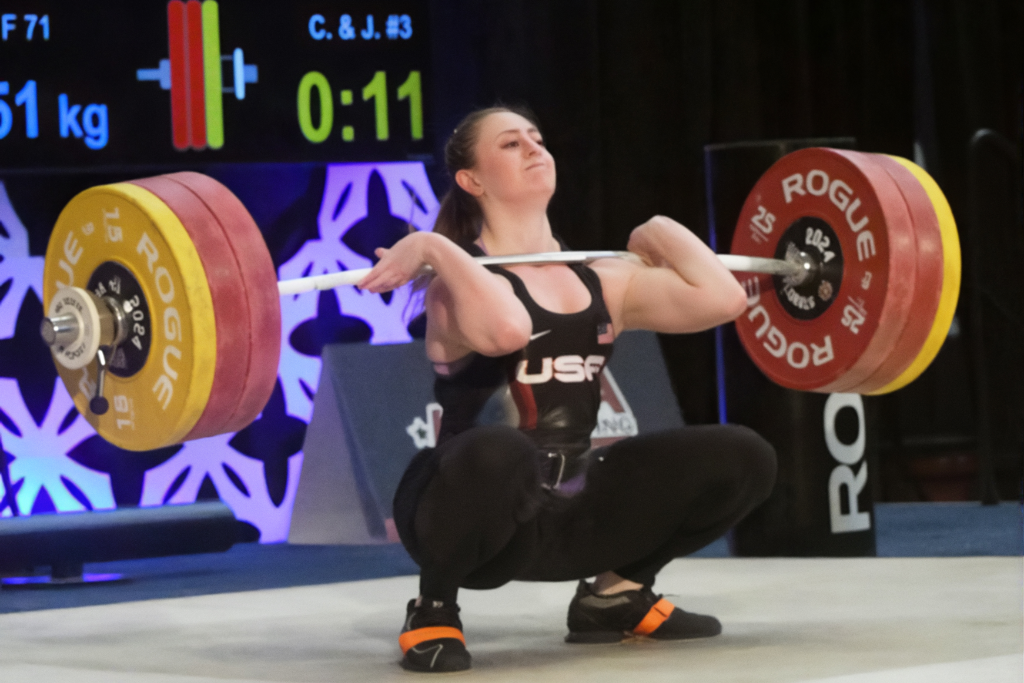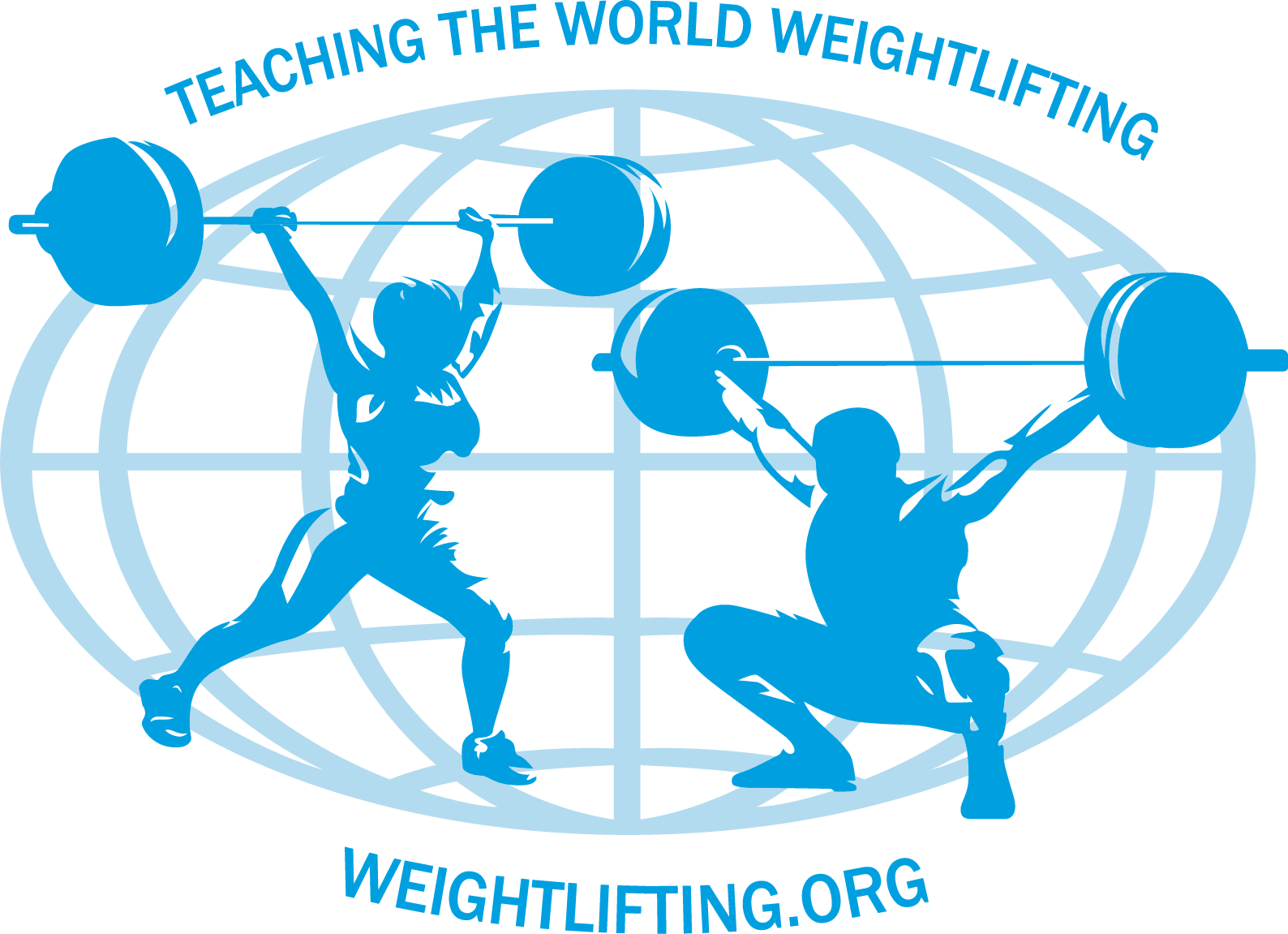

The Uniquely Transformative Nature of the Sport of Olympic-style Weightlifting
Every human is born possessing two amazing gifts – the ability to consciously develop the strength of their minds and of their bodies.
Many activities humans undertake develop their minds – from learning mathematics, to playing chess, to writing a novel, to playing a musical instrument, to throwing a ball – the list is almost endless. And the levels of skill the human mind and body can achieve through participating in such activities is truly hard to fathom, and seemingly limitless.
When it comes to developing the strength of the body, many activities can that to a limited degree. For instance, calisthenics such as pushups can improve your strength for a while, but once you get past doing a certain number, you will no longer be developing strength, but rather muscular endurance.
The only known way to increase strength over the long haul, and to the greatest extent possible, is through progressive resistance training. By far the best and most versatile method of such training is weight training. Through the use of such training it is not unusual for the trainee to experience increases in strength to levels that are two, three or four times their starting levels of strength, or even more.
But in all the world there is only one activity the practice of which develops both skill and strength in a nearly limitless way, and continuously over many years. It is a sport in which the highest level athletes are the strongest and most powerful in the world, but also among the most skilled. Think someone who can throw a grand piano or large grizzly bear overhead then catch it and balance it overhead while they are sitting in a full squat position.
As if that weren’t enough, that it is among the safest strenuous sports ever conceived, and its competitions have a place for competitors of all sizes, ages and genders. That sport has never discriminated against athletes on the basis of such attributes as race, religion, or country of origin.
The sport’s world champions have trained in basements and garages, as well as fancy sports facilities. Some have trained alone, even without a coach, but most love the camaraderie of training with others who want to become stronger and more skillful, under the guidance of a skillful coach.
That amazing sport is Olympic-style Weightlifting, one of the original modern Olympic sports
Olympic Style Weightlifting, officially called “Weightlifting” at the Olympic Games and around the World, consists of two events in which a barbell is lifted overhead, the: Snatch and the Clean and Jerk (aka C&J). In the Snatch the barbell is lifted from the floor overhead in one continuous motion. In the C&J the barbell is first brought to the athlete’s shoulders in one continuous motion (the Clean), then lifted from the shoulders to arm’s length overhead in a second motion (the Jerk). The athlete who lifts the most in the two events combined (the highest “total”) is declared the winner of a given competition. There are ten bodyweight categories for males and females in most competitions, so athletes are able to compete against other athletes of their size and gender.
The history of Weightlifting intermingled with a number of other sports and activities that were designed to test and/or develop strength and one’s muscular appearance. These sports include Bodybuilding, a sport in which competitions are based on muscular appearance, and Powerlifting (which measures strength using the bench press, squat and deadlift). Weightlifting is often erroneously referred to as Powerlifting because Weightlifting tests both strength and power (as compared with Powerlifting, which tests only strength). In fact, Weightlifters generate more power when they lift than the athletes in any other sport, in addition to testing their strength.
We admire the achievements of bodybuilders, powerlifters and other strength sport participants, especially those who compete “clean” (do not use performance enhancing drugs). However, our focus as on organization is more on Weightlifting than those other events, in terms of supporting the needs of today’s athletes. This is partly because Weightlifting is the only strength sport in the Olympic Games, because it tests overall strength and power without fancy equipment under verified conditions, because it is practiced competitively worldwide in nearly every country in the world and because it has distinguished itself as the cleanest (most drug free) strength sport overall, via its strenuous year round drug testing programs, nationally and internationally.
Success in the sport of Weightlifting requires strength and power (the ability to move a barbell upward quickly), but it also involves skill. Such characteristics as speed, mobility and mental control are also important contributors to weightlifting success.
More About Olympic Style Weightlifting
Interested in learning about weightlifting? Check out the Weightlifting Encyclopedia.
